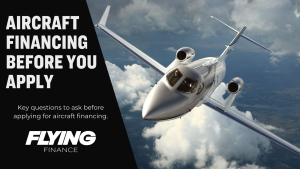
Whether you’re thinking about purchasing or chartering, you’ve likely asked yourself the question, “What’s the difference between a light jet and a turboprop?”
Those who fly Wheels Up are very familiar with the King Air 350i. The PC-12 is also a popular charter/membership aircraft being flown by Surf Air on the West Coast and PlaneSense nationally. The CJ3 is also a popular light jet flown by smaller operators in most major cities. There are definitive differences between all three, but exactly how different are they?
Buckle your seatbelts as we explore the differences between a turboprop vs. a light jet.
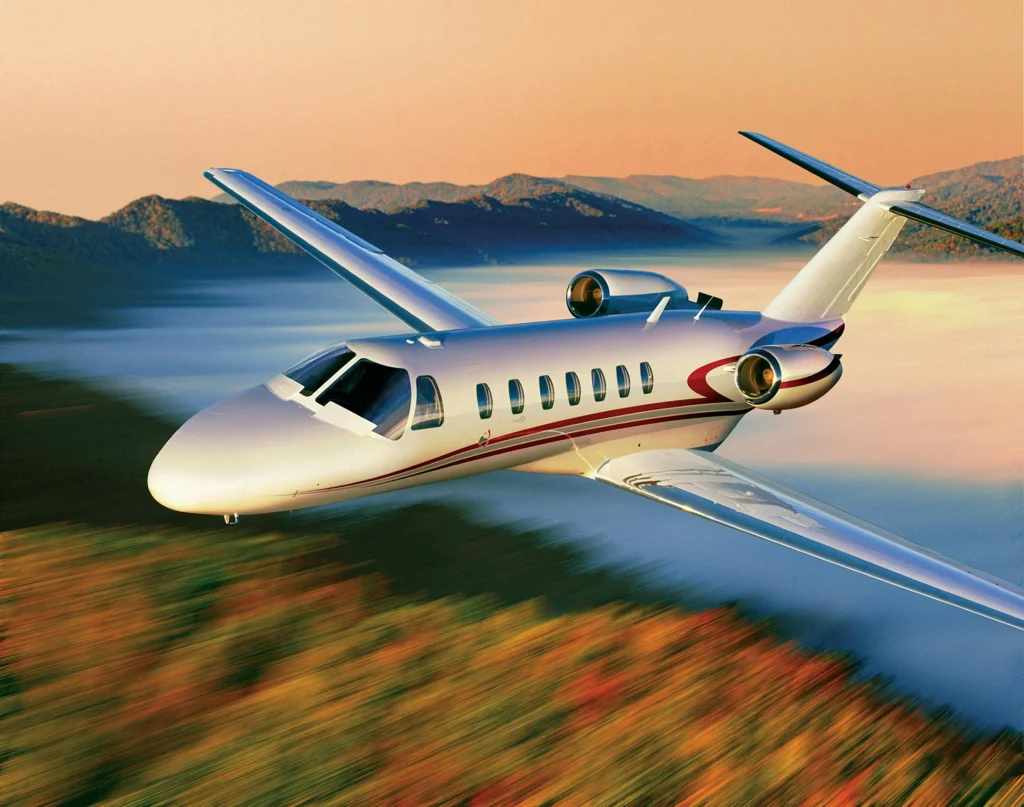
The Cessna Citation CJ3 was produced between 2004 and 2014. It has since been replaced by the CJ3+ and most recently, the CJ3 Gen2.
There are 398 CJ3’s in service and they’re powered by two Williams FJ44-3A engines. Cousins include the CJ1, CJ2, and CJ4. It does pass the “Bathroom Check” with a lavatory located in the rear. The CJ3 shares a type rating with other Citation Jets, meaning pilots can move throughout them without additional type ratings. This jet is certified for single pilot operation, but many operators choose two pilots for safety.
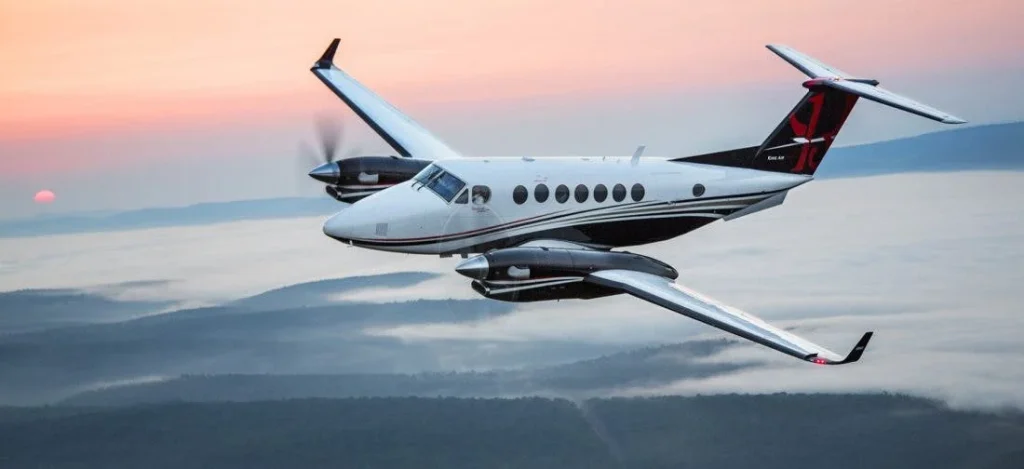
Produced from 2010-2020, the Beechcraft King Air 350i is most widely known for “Wheels Up” flying in pickers for College Gameday. The King Air has many variations, including the King Air 90, King Air 200, and newest King Air 360, with the roots from the Twin Bonanza of 1951. It is powered by two Pratt and Whitney PT6A-60A engines. There are 162 in service, and all pass the “Bathroom Check” with a lav at the rear. The King Air 350i is certified single pilot turboprop, but because of the complexity of flying it is most often flown with two pilots.
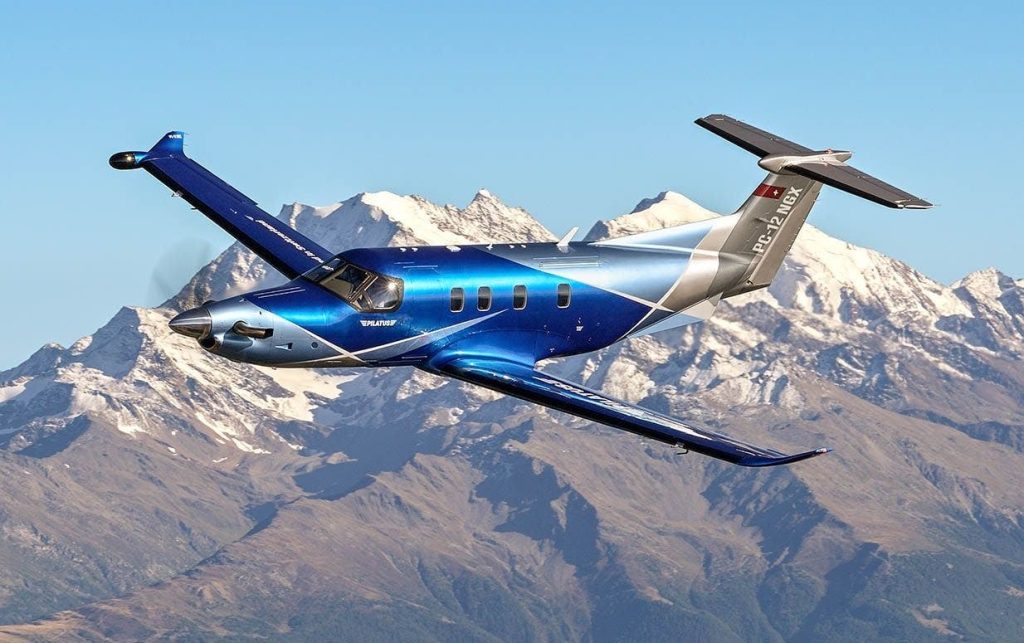
The PC-12 NG was the variation produced from 2008-2020, replacing the PC-12/45 and PC12/47 and was evolved from an originally freight oriented design. The PC-12 NG is powered by a single PT6A-67P engine and has 411 currently in service worldwide. A unique feature of this turboprop is a standard rear cargo door. The newest version of the airframe is the PC12-NGX. It passes the bathroom check, with a lav located behind the cockpit at the front of the aircraft.
Speak with an aviation finance professional today to get your real rate on your next aircraft purchase!
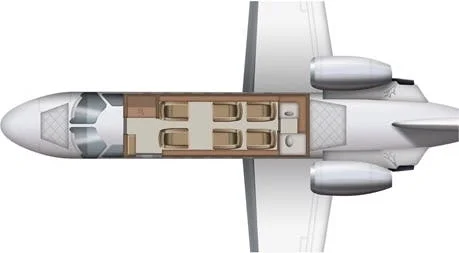
Seats: Standard is 6 seats, a 4 place club with two forward facing. There is an optional 7th seat in a single divan or a belted lav.
Dimensions: 4.83ft wide x 4.75ft tall x 15.67ft long
Volume: 286 cubic feet
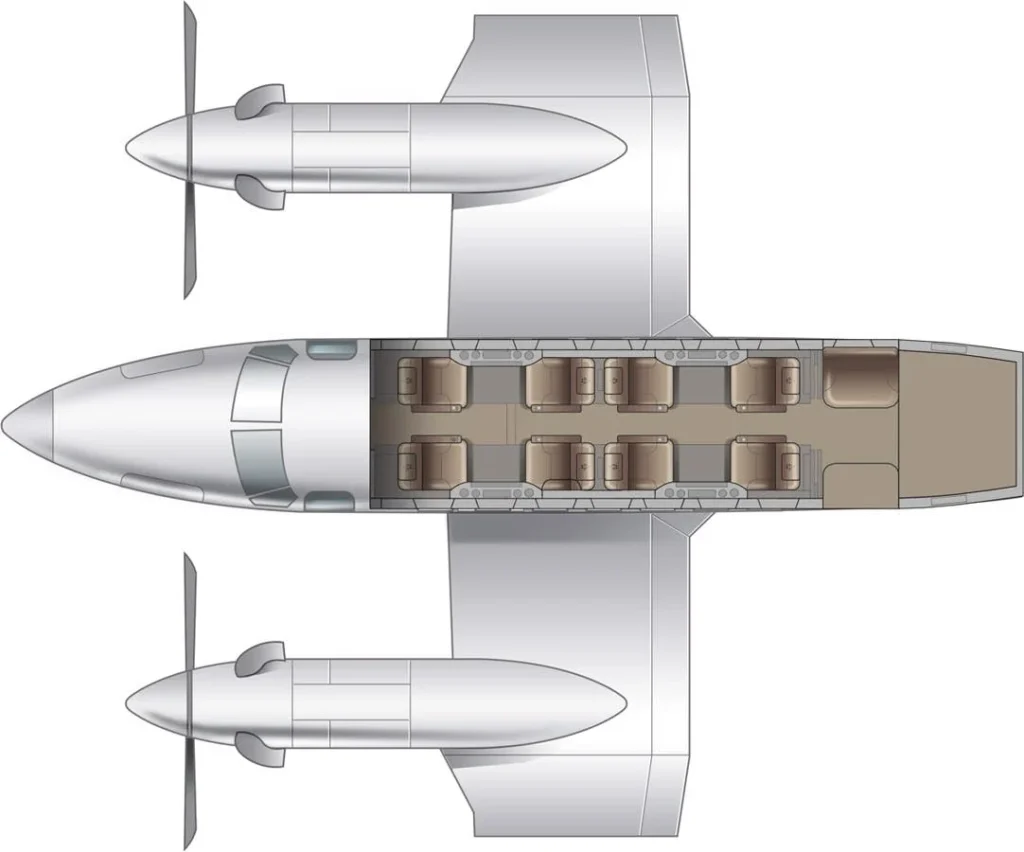
Seats: 8 seats in a double club configuration
Dimensions: 4.5ft wide x 4.8ft tall x 19.5ft long
Volume: 344 cubic feet

Seats: 6-8 depending on configuration. 4 club seats up front and up to 4 forward facing behind that.
Dimensions: 5ft wide x 4.83ft tall x 16.92ft long
Volume: 356 cubic feet

It looks like from an interior standpoint, the turboprops both win in seating capacity and all dimension categories.
A question not often considered is, “What does the altitude feel like when I’m at cruising altitude?”
In an older airliner, the answer is around 8,000 feet. Which means inside, it feels like you’re at 8,000 feet above sea level (i.e., Aspen, Colorado.) Here’s the cabin altitudes at maximum certified altitude.
CJ3: 8,000ft
King Air 350i: 10,150 ft (Leadville, Colorado)
PC-12 NG: 10,000 ft
Both turboprops and light jets have to make a tradeoff between range and weight. If you pack the aircraft full of people or belongings, the maximum range decreases because you cannot take full fuel. More simply put, range is a function of fuel plus passengers, or payload. The other factor is how fast you go will determine fuel burn.
When you see brochures, the range assumes four passengers at long-range cruise (economic mode) with enough IFR fuel reserves to be able to safely land at the destination.
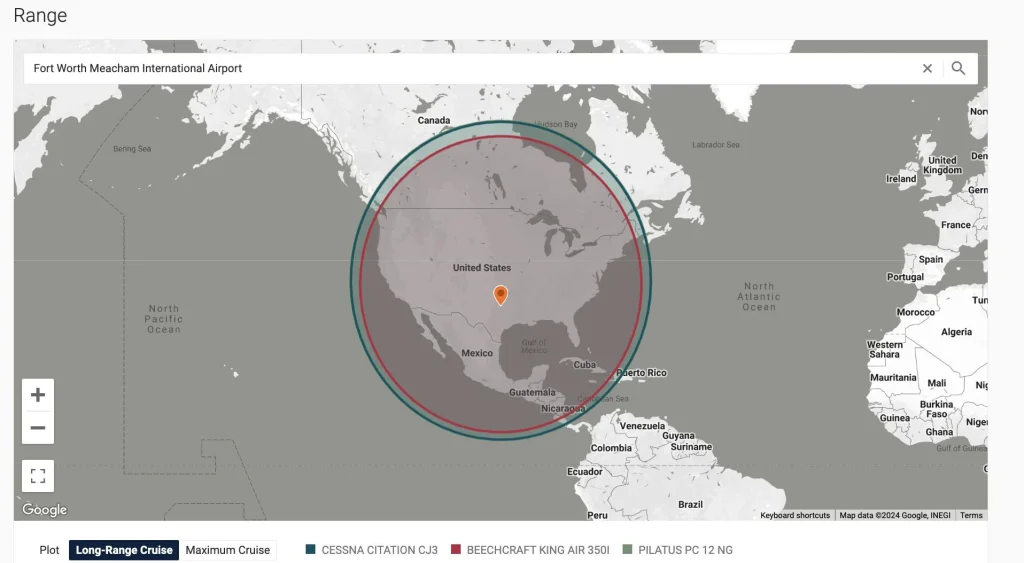
As you can see, at long-range cruise speeds from Fort Worth, all three aircraft have very similar ranges and can get you most anywhere in the lower 48.

If you’ve got a need for speed, that range decreases a bit, especially in the King Air 350i (shown in red). Still a very solid range from the middle of the country. The CJ3 wins just slightly over the PC-12 on range at maximum cruise speed.

A quick comparison here “with seats full.” At long-range cruise speeds and all the seats full, how far could you go.
Maximum altitude has to do with how high the aircraft can go. This is especially useful to avoid weather by going over the top of it.
CJ3: 45,000 ft.
King Air 350i: 35,000 ft.
PC-12 NG: 30,000 ft.
How does this affect range? Remember, “can’t go over it, gotta go around it!”
Speak with an aviation finance professional today to get your real rate on your next aircraft purchase!
Everything in aviation is measured in hours. The faster the aircraft, the fewer hours in the air. $500 an hour and it takes 2 hours to get there, or $1,000 an hour and it takes 1 hour, both cost $1,000.

Knots vs. MPH and statute miles vs. nautical miles is always a snag for people. 1 knot = 1 nautical mile per hour. At 404kts, assuming no winds, is 404 nautical miles per hour. Fort Worth to Miami, Florida is around 1,000 nautical miles.
Which means at normal cruise, the CJ3 gets there in 2:30, the King Air in 3:14, and the PC-12 in 3:45.
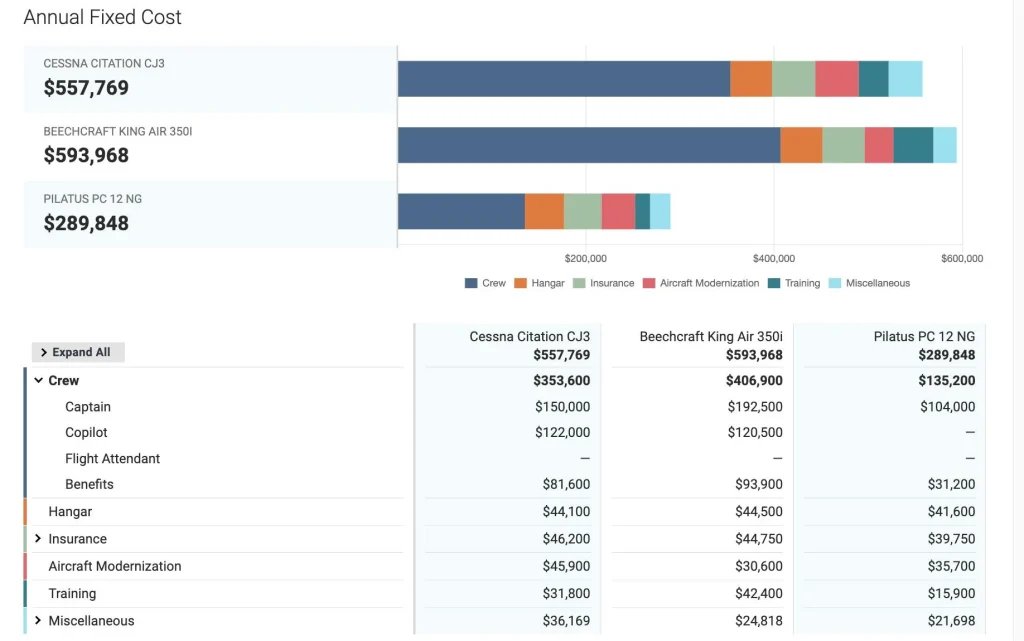
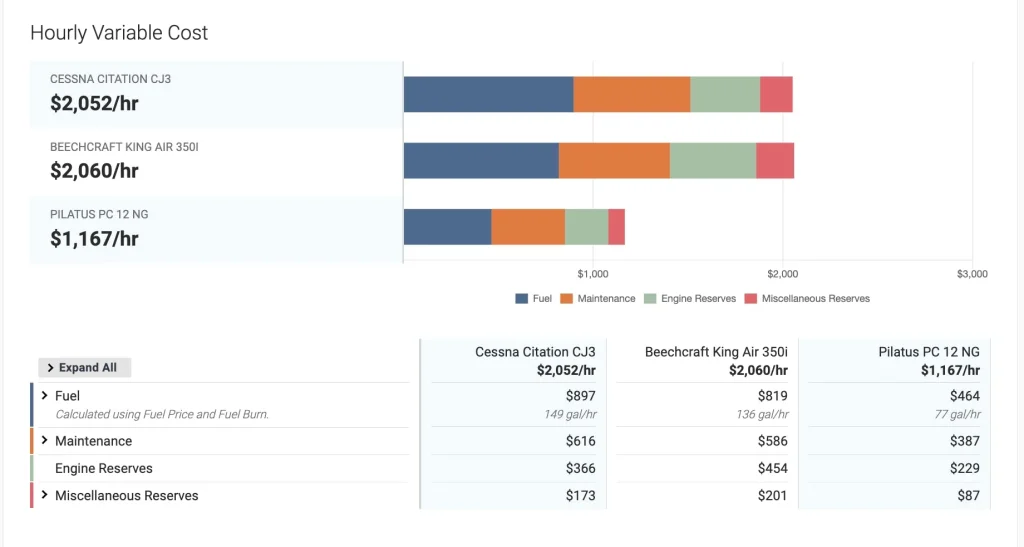
Cost per hour on a variable is where the PC 12 shines, as it has only one engine. Half-ish the fuel, half-ish the maintenance, half-ish the engine reserves.
For what it’s worth, some would argue that their CJ3 is closer to $2200 per hour for direct operating costs, and some estimate their PC-12 operating costs closer to $800-$900 per hour.
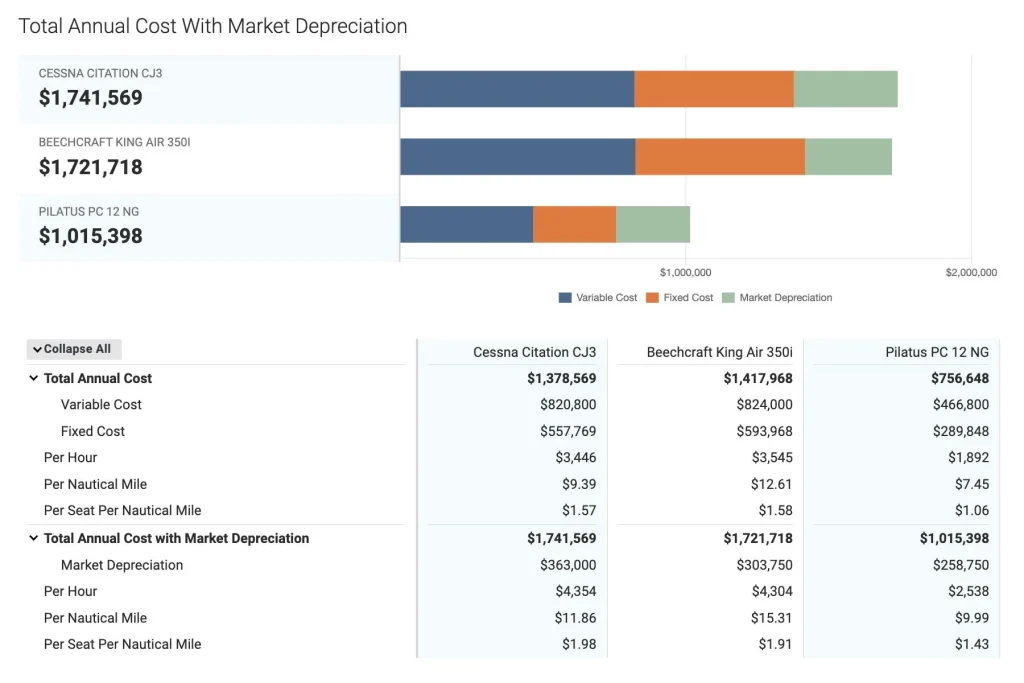
An interesting metric to look at is the “Per Nautical Mile” rate assuming 400 hours per year. This includes the speed factor in the calculation.
Assuming a $2500 per hour charter rate on a PC-12, you would have to charter 406.15 hours to cover before you got on the airplane. That’s assuming you get to keep all $2500, which is generous. We calculated here a much lower per hour charter revenue on a CJ3. This is more proof that you can’t house hack a jet.
There are more factors that come into play here, including maintenance, availability of pilots, and other market factors. Which one you select will depend on your mission.
If you’re taking more than 6 people often, you should strongly consider a King Air. If you’re conscious of hourly cost and want a true single-pilot aircraft, the Pilatus PC-12 may be the right option for you. If you want to tell people “my jet,” the CJ3 is the only option for you. Or, if you want to go over weather or get there fast, the CJ3 is right for you.
A turboprop is a viable option for many aviation missions, and might just fit your mission profile. If you’re thinking about buying, charter all three of these options at some point and see what you like.
Speak with an aviation finance professional today to get your real rate on your next aircraft purchase!

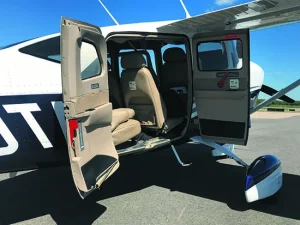
Welcome to this week’s edition of “Clearance to Fly.” The dream of aircraft ownership is one that captivates many aviation enthusiasts. While owning your own
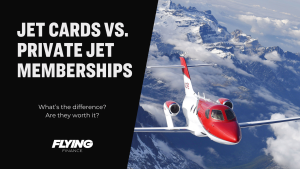
Discover the difference between
Jet Cards and Private Jet Memberships.

At Flying Finance, we’re your trusted partner in aviation financing. With a deep understanding of the aviation industry and a commitment to making your dreams take flight, we provide tailored financing solutions for business jets, piston aircraft, turboprop aircraft, helicopters and more. A financier who understands aviation.
405 Cherry Street, Chattanooga, TN 37402
© 2025 Flying Finance. All rights reserved. Privacy Policy